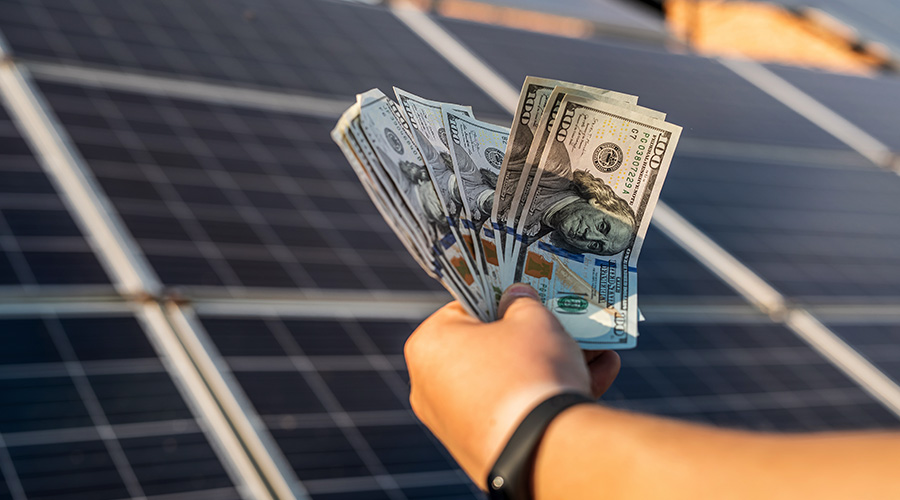Pending Senate and House Energy Bills Could Create Large Energy Efficiency Savings, Emissions Reductions
Energy efficiency provisions in pending energy legislation in the Senate and House could reduce U.S. emissions of carbon dioxide in 2030 by 13 percent and 6 percent respectively relative to U.S. government predictions of 2030 emissions a new analysis shows, which could have a significant impact in reducing the impact of global warming.
Energy efficiency provisions in pending energy legislation in the Senate and House could reduce U.S. emissions of carbon dioxide in 2030 by 13 percent and 6 percent respectively relative to U.S. government predictions of 2030 emissions a new analysis shows, which could have a significant impact in reducing the impact of global warming.
The
analysis released by the American Council for an Energy-Efficient Economy (ACEEE) also found that because there is only limited overlap in savings between the two bills, emissions reductions could total 18 percent in 2030 if best provisions of both the House and Senate bills, were combined.
"These reductions in greenhouse gas emissions represent a significant downpayment in efforts to address global warming," says ACEEE Executive Director Steven Nadel.
The ACEEE analysis finds that the largest energy savings and emissions reductions in the Senate bill come from provisions to increase corporate average fuel economy (CAFÉ) standards and set mandatory oil-savings targets. Neither provision is iron-clad, in that both allow substantial regulatory discretion, ACEEE says. Other significant provisions in the Senate bill require fuel economy standards for heavy trucks, update and expand the federal appliance and equipment standards program, and establish a new program to promote green buildings.
The Senate efficiency package is heavily weighted toward reducing the demand for oil and is projected to reduce U.S. oil demand by 5.3 million barrels per day in 2030, which is 32 percent of oil and other liquid fuel imports projected for that year. This bill was passed by the Senate in June, 2007. Further savings could be added if the Senate adopts a package developed by its Finance Committee to extend and expand several energy efficiency tax incentives initially established by Congress in 2005.
The largest savings in the House efficiency package are from improvements to an existing program to update national and state building codes, and enactment of efficiency standards on incandescent lamps. Other major provisions establish a new program to promote green buildings and update and expand the federal appliance and equipment standards program. These latter provisions are more comprehensive than similar provisions in the Senate bill, according to ACEEE. The House package also includes extension and expansion of several energy efficiency tax incentives, although the House package is not as comprehensive as what the Senate Finance Committee developed. The House package has been reported out of several committees and is scheduled to be voted on by the full House later this month.
In addition to saving a large amount of energy and substantial emissions reductions, both the Senate and House bills will save consumers and businesses a significant amount of money. ACEEE estimates that the Senate bill will save consumers and businesses at least $500 billion on a cumulative basis from 2008-2030. For the House package, the figure is at least $300 billion. These figures are expressed in 2005 dollars.
"We urge the House to adopt its package and to consider further improvements building on provisions in the Senate bill. And we urge a House-Senate conference committee to develop a bill that combines the best provisions in each bill," concluded ACEEE's Nadel.
Related Topics:











